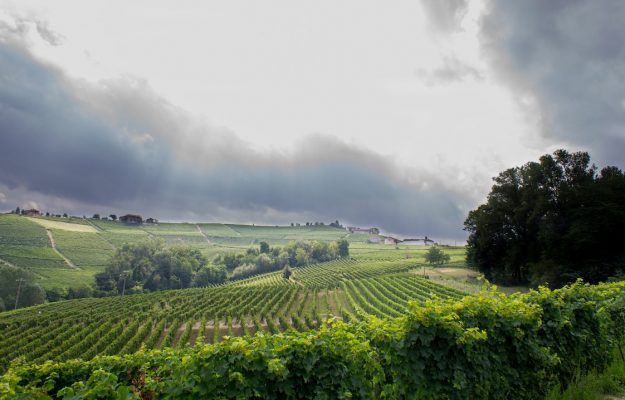In the agricultural world, insurance is becoming rapidly more and more important, especially taking into consideration the most significant example, climate change, which easily compromises production, and therefore, the health of a company. We have experienced the results of climate change often in the wine world, so it is not surprising that we have protected it more than others. The agricultural world though, contrary to what one might think, has not responded to the increase in risks by rushing to purchase policies. Instead, the panorama appears divided between large companies, which have decided to take out insure policies, and small companies, which have made opposite choices. Of course, the type of crop and the geographical location of a company are also factors that influence decisions. The Italian Institute of Services for agro-food markets, ISMEA 2024 “Report on risk management in agriculture” revealed that in 2023, the market for subsidized agricultural policies confirmed the trend towards growth in values and premiums. Furthermore, based on data from insurance companies, it reached a new historic high during the most recent campaign. The ISMEA report, which for the set of subsidized policies, financed by the European Union and National contributions, has estimated 10.3 billion euros in 2023 of insured value, which is +2.2% increase on an annual basis. The market is driven by the vegetable crops sector, at 7.5 billion euros PLV (Gross Saleable Production, ed.) guaranteed, up +4.1% compared to 2022, offsetting the downward variations registered in values of livestock ( -1.5%) and policies on company structures (-3.6%).
Regarding insurance costs, 2023 showed a reversal compared to the trend over the past few years. The average tariff in the vegetable sector, where almost three-quarters of the total insured values are concentrated, registered a 0.33 percentage points decrease on an annual basis, for the first time since 2016, settling at 9.34%, while 2022 registered a better claims/premium ratio. Further, in relation to the cultivation sector, the number of insured companies has decreased (a dynamic that the livestock and structures circuit also registered), down - 4% compared to the previous year, and now equal to just over 63.000 units, on an insured area of 1.28 million hectares (-1.1% compared to 2022). Adding these numbers to the farms and companies that have policies against damage to structures, there are more than 73.700 insured companies, which is however is less compared to 2022 (-4%).
In the vegetable crops segment, 2023 data attribute a predominant market share, equal to 79.5% in the geographical macro-division of the North, compared to 8.5% in the Center and 12% in the South (including the Islands ). The South has stabilized more than 5 percentage points of share recovery, achieved over the last six insurance campaigns, even though the market is still highly unbalanced territorially, due also to economic, climatic and structural factors.
The analysis of the data, broken down by products, highlights a strong sectoral concentration of insured values. Wine grapes have been confirmed the most insured product also in 2023, at 2.9 billion euros (-1.8% compared to the previous year), followed by processed tomatoes, at 652 million euros insured values, which have outdistanced apples in the rankings (now in third place at more than 639 million euros insured values, 7.6% compared to 2022). Rice registered significant values (578 million euros; +9.1%), as well as grain maize (571 million euros; +2.5%), and silage (349 million euros; +16.6% ), while soft and durum wheat, which have increased 33.9% and 34.3% respectively, hold seventh and eighth places on the ranking of the most insured products.
On the climatic level, 2023 was a year, Nation wide, that was anything but favorable. Damage to crops was caused not only by catastrophic events, such as the flood that affected the Emilia-Romagna Region and some areas of Le Marche and Tuscany, but also frequent weather adversities, especially hail and strong winds, which in some of the most affected sectors or territories, generally lead to an increase in insurance costs and contractual policy conditions for the next campaigns.
In order to guarantee the sustainability of the risk management system in agriculture, the ISMEA Report pointed out, in addition to actions of rationalization and containment of public spending envisaged by the Agricultural Risk Management Plan (PGA) 2024, it will be essential over the next few years to pursue the objectives set in the intervention strategy of the CAP Strategic Plan 2023-2027. It will be fundamental to seek maximum integration between the interventions planned at the Union and National levels, also in the various territories, and strengthen policies to support innovation and risk assessment, prevention and mitigation actions.
Copyright © 2000/2025
Contatti: info@winenews.it
Seguici anche su Twitter: @WineNewsIt
Seguici anche su Facebook: @winenewsit
Questo articolo è tratto dall'archivio di WineNews - Tutti i diritti riservati - Copyright © 2000/2025









































































































































































































